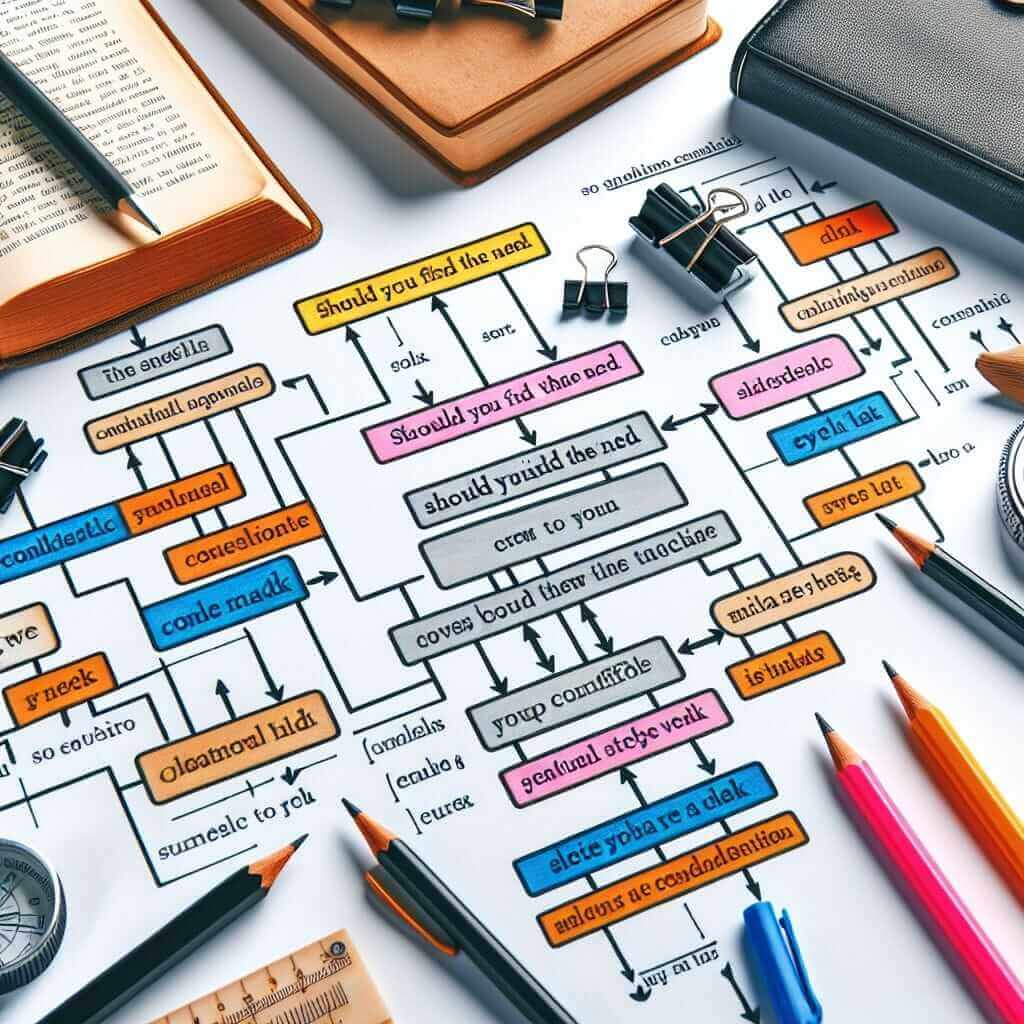“Should the worst be over, we will celebrate.” This sentence, while seemingly simple, employs a grammatical structure that often trips up IELTS test-takers. Mastering this structure, along with understanding its nuances, can significantly enhance your grammatical range and accuracy, ultimately boosting your IELTS score.
Nội dung bài viết
Here are a few examples of how this structure can be used in different sections of the IELTS exam:
- Speaking (Part 3): “Should the government invest more in renewable energy sources? Well, should the worst effects of climate change become a reality, it might be too late. So, yes, I believe it’s crucial.”
- Writing (Task 2): “Some argue that space exploration is a waste of resources. However, should our planet face a catastrophic event, having explored other habitable planets might be our only hope.”
- Listening: You might encounter this structure in a lecture or conversation, requiring you to understand its implication of a conditional situation.
Deconstructing the Structure: Meaning and Frequency
The phrase “Should the worst be over…” introduces a conditional clause, specifically a type known as the inverted conditional. It expresses a hypothetical situation and its potential consequence. This structure is less common than the typical “if” conditional but is considered more formal and characteristic of academic writing and sophisticated speech, making it highly relevant to the IELTS exam.
Formula and Application
The general formula for this structure is:
Should + Subject + Verb (base form)…, Subject + will/would + Verb (base form)
Let’s break it down:
- “Should”: This word replaces “if” and signals a conditional clause.
- Inversion: Notice the subject-verb inversion in the first clause (e.g., “the worst be” instead of “the worst is”). This inversion is a key characteristic of this type of conditional.
- Comma: A comma separates the conditional clause from the main clause.
- Main clause: The main clause expresses the potential consequence of the condition.
Application in IELTS:
- Writing (Task 2): You can use this structure to present a hypothetical situation and its consequences in your essays. For instance, “Should the global temperature continue to rise, we can expect to see more extreme weather events.”
- Speaking (Part 3): Using this structure in your responses can showcase a wider range of grammatical structures, demonstrating your fluency and control over complex language.
Illustrative Examples
- Writing (Task 2): “Many argue against the development of artificial intelligence, fearing job displacement. However, should AI be used responsibly, it has the potential to create new opportunities and solve some of the world’s most pressing problems.”
- Speaking (Part 3): “Do you think online education will replace traditional schools? It’s hard to say. Should technology continue to advance at its current pace, online learning platforms might become increasingly sophisticated and accessible. However, the human element in traditional classrooms is irreplaceable.”
 IELTS Exam Preparation
IELTS Exam Preparation
Aiming Higher: Variations and Usage
To achieve a higher band score, consider these variations and tips:
- Use of modals: “Should the situation worsen, we may need to reconsider our strategy.”
- Vary sentence structure: “The celebration will be grand, should the worst be over.”
- Formal register: Remember, this structure is inherently formal and lends itself well to academic and professional contexts.
Common Mistakes and How to Avoid Them
- Incorrect word order: Remember the subject-verb inversion in the first clause.
- Missing comma: Ensure you separate the conditional clause with a comma.
- Informal context: Avoid using this structure in informal writing or speaking tasks.
Conclusion
Mastering the “Should + Subject + Verb…” structure can significantly enhance your grammatical range for the IELTS exam. By understanding its construction, usage, and nuances, you can confidently incorporate it into your writing and speaking, showcasing a sophisticated command of the English language. Remember to practice this structure in various contexts and pay attention to the potential pitfalls to ensure its correct and effective application.


